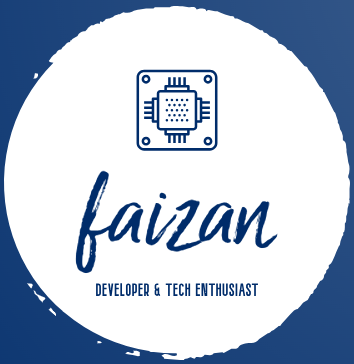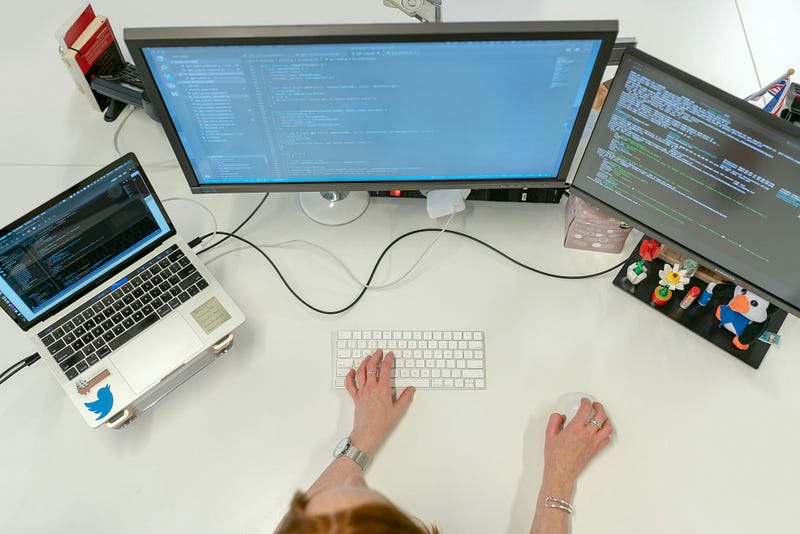What Is Secure Coding?
 Md Faizan Alam
Md Faizan AlamImagine building a house without a sturdy foundation or reliable locks on the doors. It might look impressive from the outside, but inside, it’s vulnerable to collapse and break-ins. Secure coding is akin to constructing that solid foundation and installing those reliable locks. It ensures that your software is robust, resilient, and safe from malicious intrusions.
Secure coding is the practice of writing software that protects itself against cyber threats and vulnerabilities. It involves implementing security measures during the coding phase rather than after the software is built. This proactive approach minimizes the risk of attacks, safeguarding sensitive data, and maintains the integrity and availability of the system.
Insecure code, on the other hand, is like leaving your house with the doors wide open. It exposes your software to numerous threats, such as data breaches, unauthorized access, and service disruptions. Without secure coding practices, your application becomes an easy target for hackers, jeopardizing both user trust and business operations. By understanding and implementing secure coding best practices, you can solidify your software against these risks and ensure a safer digital environment.
Photo by ThisisEngineering on Unsplash
In this article, we will explore the most common security threats, principles of secure coding, and the best practices for secure coding, which will help you make your software robust and safer.
Common Security Threats
SQL Injection
SQL Injection is like giving someone an invitation to tamper with the blueprints of your house. When a website or application accepts user input and incorporates it directly into an SQL query without proper validation, an attacker can insert malicious SQL code. This code can manipulate the database, allowing the attacker to access, modify, or delete data. For example, instead of entering a username, an attacker might input a code that tricks the database into revealing all user passwords.
Cross-site Scripting (XSS)
It is like someone tricking you into running dangerous commands in your own home, like convincing you to open an email that infects your computer. XSS occurs when an attacker injects malicious scripts into web pages viewed by other users. These scripts can hijack user sessions, deface websites, or redirect users to malicious sites. For instance, an attacker could post a harmful script in a comment section, which then runs in the browser of anyone who views that comment.
Cross-Site Request Forgery (CSRF)
Cross-Site Request Forgery (CSRF) is like someone tricking you into signing a document without knowing its contents. CSRF attacks occur when an attacker tricks a user into performing actions they didn’t intend to do, like changing their account email or making a transaction. This is often done by exploiting the user’s authenticated session with a website. For example, if you’re logged into your bank account, an attacker could send you a link that, when clicked, transfers money to their account without your knowledge.
Remote Code Execution (RCE)
Remote Code Execution (RCE) is comparable to letting a stranger remotely control your home appliances. RCE happens when an attacker exploits a vulnerability to run arbitrary code on a target system. This can lead to complete control over the affected system, allowing the attacker to steal data, install malware, or disrupt operations. For example, if an application allows user-uploaded files without proper checks, an attacker could upload and execute a malicious file, taking over the server hosting the application.
Principles of Secure Coding

Image by Delimiter
Though there are many, I will show you the 3 most important here that you should always try to follow:
Security by Design
Security by Design is like building a house with security features integrated from the ground up. Instead of adding locks and alarms after construction, security measures are considered and implemented during the initial design and development stages. This approach ensures that security is an inherent part of the system, making it more robust and less prone to vulnerabilities.
Least Privilege Principle
The Least Privilege Principle is similar to giving each person in your house access only to the rooms they need. In cybersecurity, this means granting users and systems the minimal level of access required to perform their functions. By restricting permissions, you limit the potential damage in case of a security breach.
Defense in Depth
Defense in Depth is akin to having multiple layers of security around your house: a fence, security cameras, locked doors, and an alarm system. This strategy involves implementing several layers of defense mechanisms to protect against threats. If one layer is compromised, the other layers continue to provide protection.
Best Practices for Secure Coding
Input Validation and Sanitization
Input validation and sanitization are like filtering and cleaning water before it enters your home. Validation ensures that the data is in the expected format and type, while sanitization removes any harmful elements. These practices prevent malicious data from exploiting vulnerabilities in your application. For example, validating email addresses to ensure they follow the correct format and sanitizing user inputs to remove SQL injection attempts.
Techniques and Tools
Employing the right techniques and tools is akin to using advanced tools and materials for constructing a safe building. Techniques such as code reviews, static code analysis, and automated testing help identify and mitigate security vulnerabilities. Tools like OWASP ZAP for web application security testing and SonarQube for code quality analysis are invaluable in ensuring secure coding practices.
Authentication and Authorization
Authentication and authorization are like verifying a guest’s identity before granting them access to specific areas of your house. Authentication confirms that users are who they claim to be, while authorization determines what resources they can access. Secure methods include using multi-factor authentication (MFA) and role-based access control (RBAC) to ensure robust security. For instance, requiring a password and a one-time code sent to a user’s phone for logging in.
Error Handling and Logging
Proper error handling and secure logging are like having a detailed incident report without revealing sensitive information. Error handling ensures that the application gracefully manages unexpected issues without crashing or exposing sensitive data. Secure logging involves recording activities for audit purposes while protecting sensitive information.
Data Encryption
Data encryption is like storing valuables in a safe. It converts data into a coded form that is unreadable without the decryption key, protecting it from unauthorized access. Implementing encryption for data at rest and in transit ensures that sensitive information remains confidential and secure.
Dependency Management
Managing dependencies is like regularly maintaining and updating your home’s safety features. Keeping libraries and dependencies up-to-date ensures that your application is protected against known vulnerabilities. Regularly reviewing and updating these components, and using tools like Dependabot or Snyk, helps in identifying and mitigating risks associated with outdated or insecure dependencies.
Conclusion
Adopting secure coding practices is crucial for creating reliable and safe software. By validating and cleaning user inputs, using the right tools, securing authentication and authorization processes, handling errors properly, encrypting data, and keeping dependencies up-to-date, you protect your applications from various threats. As technology advances, staying proactive about security helps ensure your software remains secure and trustworthy in an ever-changing digital world.
Thank you for reading! If you have any feedback or notice any mistakes, please feel free to leave a comment below. I’m always looking to improve my writing and value any suggestions you may have. If you’re interested in working together or have any further questions, please don’t hesitate to reach out to me at fa1319673@gmail.com.
Subscribe to my newsletter
Read articles from Md Faizan Alam directly inside your inbox. Subscribe to the newsletter, and don't miss out.
Written by

Md Faizan Alam
Md Faizan Alam
I am a Fullstack Developer from India and a Tech Geek. I try to learn excting new technologies and document my journey in this Blog of mine. I try to spread awareness about new and great technologies I come across or learn.
